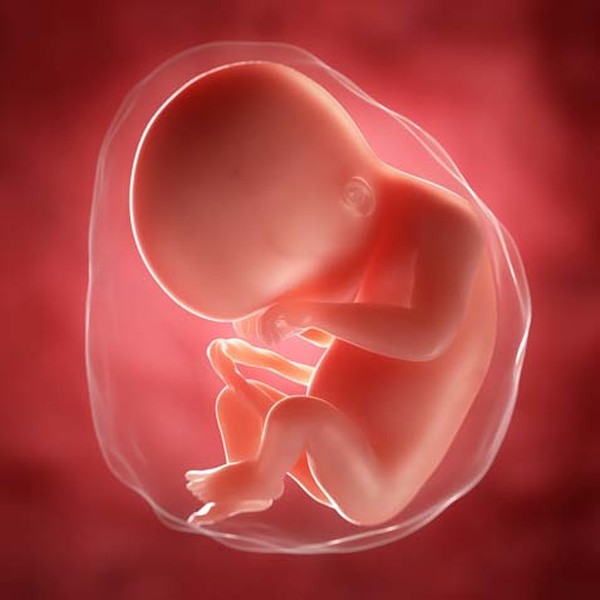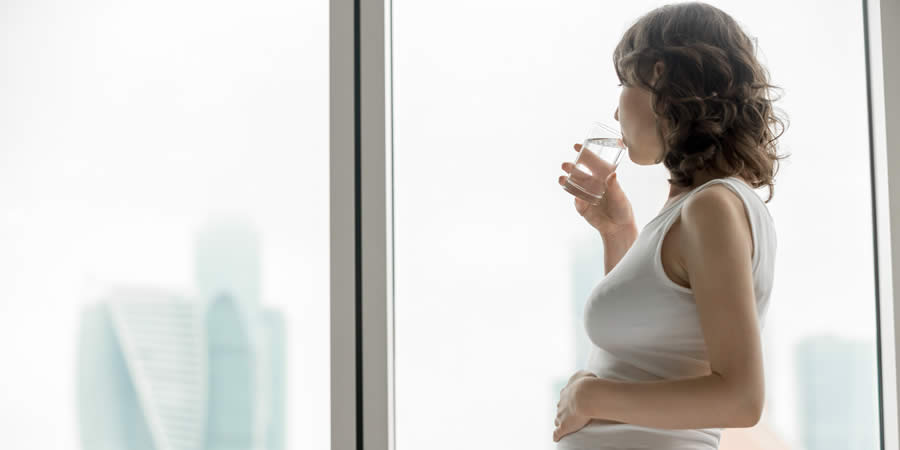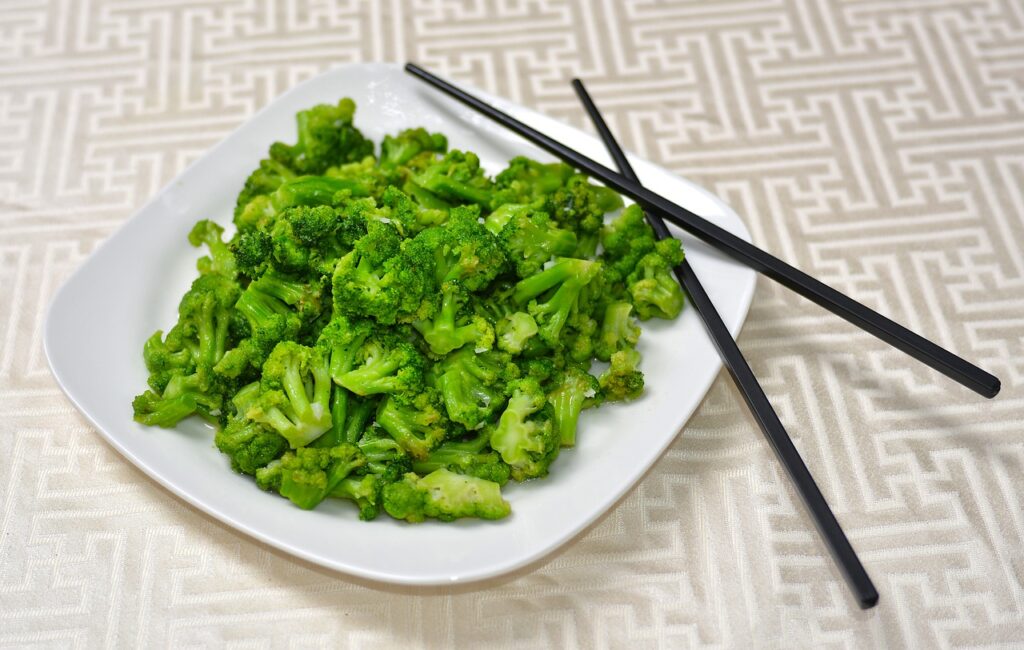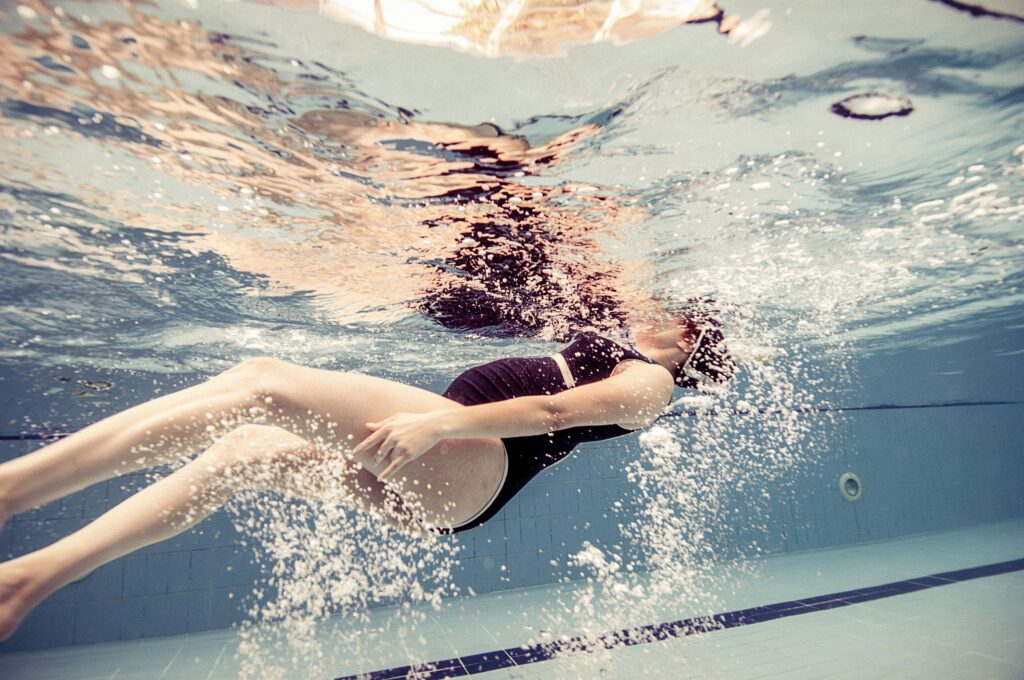20 Weeks Pregnant: Pregnancy Symptoms & Baby Development
Read time: 4 minutes
20 weeks pregnant is how many months?
Month 5 (Trimester 2)
Baby development at 20 week
This week, we start separating the girls from the boys.
Exercise and health
Staying fit and healthy supports a fit and healthy baby.
Diet & nutrition
Make sure you keep your iron levels up.
Baby development at 20 weeks

What does my baby look like? And, what size is my baby?
At 20 weeks pregnant your baby will be roughly 16cm from head to bottom (the size of a banana), and will weigh around 300g1. Their heartbeat is strong enough to be detected easily.
Your baby is now covered in a layer of white, creamy ‘vernix’, a substance that’s thought to protect their delicate skin2. Later on, the slipperiness of vernix will help your baby make its way down the birth canal.
If you’re having a baby girl, her uterus will be developing1, and her ovaries will already have seven million primitive eggs in them3. When she’s born, she’ll be carrying two million eggs3. If you’re having a baby boy, then this is the week when the testes start lowering from his abdomen3.
The development of your baby’s nerve cells is slowing, but more complex connections are forming – so much so that your baby can enjoy a satisfying stretch4.
Your anomaly scan
Between weeks 18-20 of your pregnancy, you’ll be scheduled for an anomaly scan to ensure your baby is developing properly, and discuss next steps if there are any suspected issues. It’s no reason to worry.
Pregnancy at 20 weeks (second trimester)
What’s happening in my body?
Your placenta continues delivering nutrients to, and removing waste from, your baby, but your baby will soon become larger than your placenta. Your placenta continues growing, too, trebling in size by birth3. Because of its important role, the sonographer will also examine your placenta during your scan.
You may also start experiencing Braxton-Hicks contractions, or ‘false labour pains’5. Even as early as week 20 your body starts preparations for birth. The contractions are unpredictable, and not everyone will experience them. They can be caused by being too active, having a full bladder, or, conversely, dehydration. (See? Unpredictable.) The contractions are normally mild (you may not even notice some), vary in intensity and duration, and aren’t usually a cause for concern.
If you experience pain during these contractions, have regular, strong contractions every five minutes, or vaginal bleeding then you should contact your doctor or midwife.
Pregnancy symptoms at 20 weeks

Swollen or bleeding gums
Blame your hormones. Again. Thankfully, pregnant women receive free dental care which continues for the first year of your baby’s life6. Ask your midwife for a maternity exemption certificate.
Stretch marks
As your belly grows, you may see the appearance of stretch marks on your stomach or breasts7. They usually become much less noticeable after birth. Don’t waste money on ‘miracle creams’ – simple moisturiser is enough.
Frequent urination
Frequent trips to the bathroom are one of the most common symptoms of early pregnancy, as your growing uterus begins to put pressure on your bladder.
Bloating and gas
The pregnancy hormone progesterone slows down your digestion which can lead to bloating and excess gas.
Belly pains
Pains on the side of your belly are caused by your expanding womb (and also referred to as ‘round ligament pains’).
Focus on Iron
Iron is a key nutrient throughout pregnancy, and an important part of a balanced diet. The recommended daily intake for every woman, whether pregnant or not, is 14.8mg each day. Your blood cells need iron to carry oxygen around your body and to your baby. Iron also contributes to your baby’s normal cognitive function
Iron deficiency can cause anaemia, so your iron levels, haemoglobin levels and red blood cell count will be regularly checked while you’re pregnant.
Many women have lower haemoglobin levels during pregnancy, but iron supplements are only prescribed if they’re very low.

Foods rich in iron
- Lean meat (always ensure it’s well cooked)
- Oily fish, such as sardines
- Dark green veg, including broccoli, watercress, spinach and kale
- Cashew nuts
- Pulses, chickpeas, beans and lentils
- Whole grains, including wholemeal bread, and iron-fortified breakfast cereals
- Dried fruits, such as apricots, prunes and raisins
- Eggs
THE
SCIENCE
BEHIND
IRON
Powered by Nutricia
Vitamin C can help improve iron uptake – but some ingredients and compounds can inhibit your ability to absorb iron. For instance, tea and coffee contain phenolic compounds (natural chemicals that create flavour and ‘mouthfeel’) which are known to inhibit iron absorption.
Wholegrains were also thought to prevent mineral absorption due to phytates. However cooking, boiling, soaking or germinating whole grains makes phytic acid inactive, allowing you to absorb iron and other minerals, and benefit from wholegrain fibre
Exercise at 20 weeks
Moderate exercise is good for both you and your baby as long as you’re both healthy. Even if you’ve not exercised before, you can still start now, but go gently and choose low-impact exercises.
You may need to slow down as your pregnancy progresses or if your maternity team advises you to. If you’re unable to chat without becoming breathless while exercising, you’re likely exercising too much. If in doubt, talk to your midwife.

Walking
This is a perfect exercise for pregnancy, and walking at a quick pace is good for your heart. You should aim for three to five walks of 30 minutes each week15.
Yoga
This can help stretch and strengthen muscles, reduce pregnancy pains (especially lower back pain) and lower your blood pressure. Don’t try complex poses, especially twists, and avoid ‘Bikram hot yoga’15.
Swimming
This is great exercise that lets you build strength and aerobic stamina at the same time. You can swim three to five times a week, up to 30 minutes at a time
Start with a low level of effort, and work up to 30 minutes of exercise three to five times a week. Always take a few moments to warm up before exercising, and take time to cool down with stretches and slow, deep breaths afterwords.
